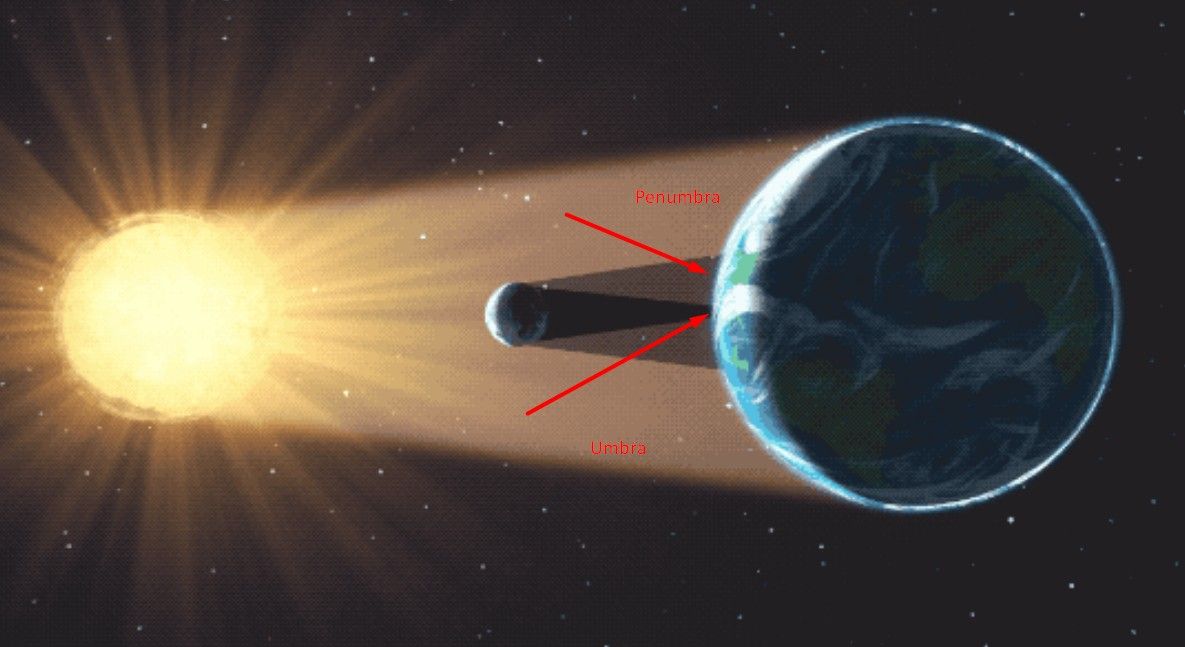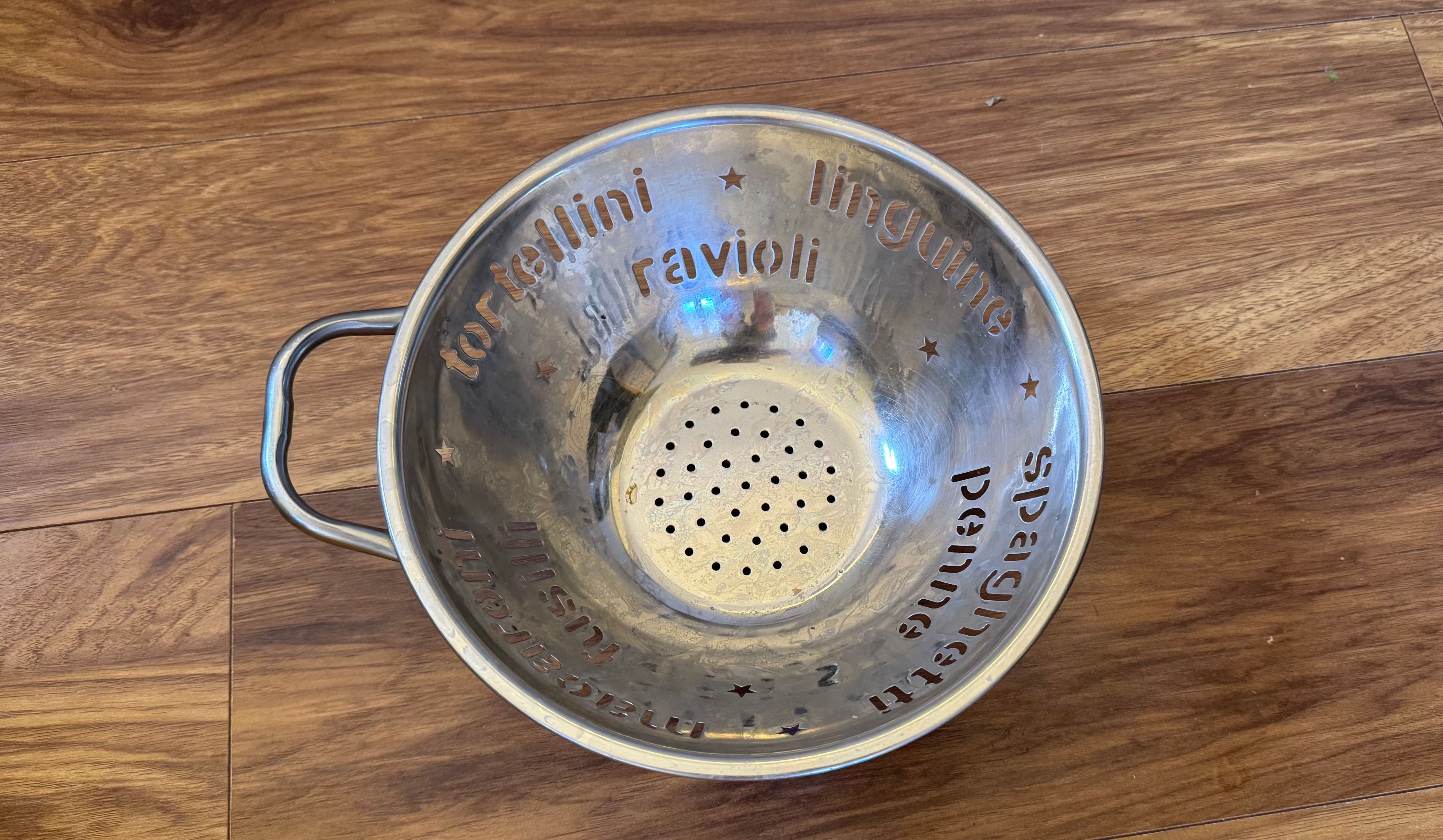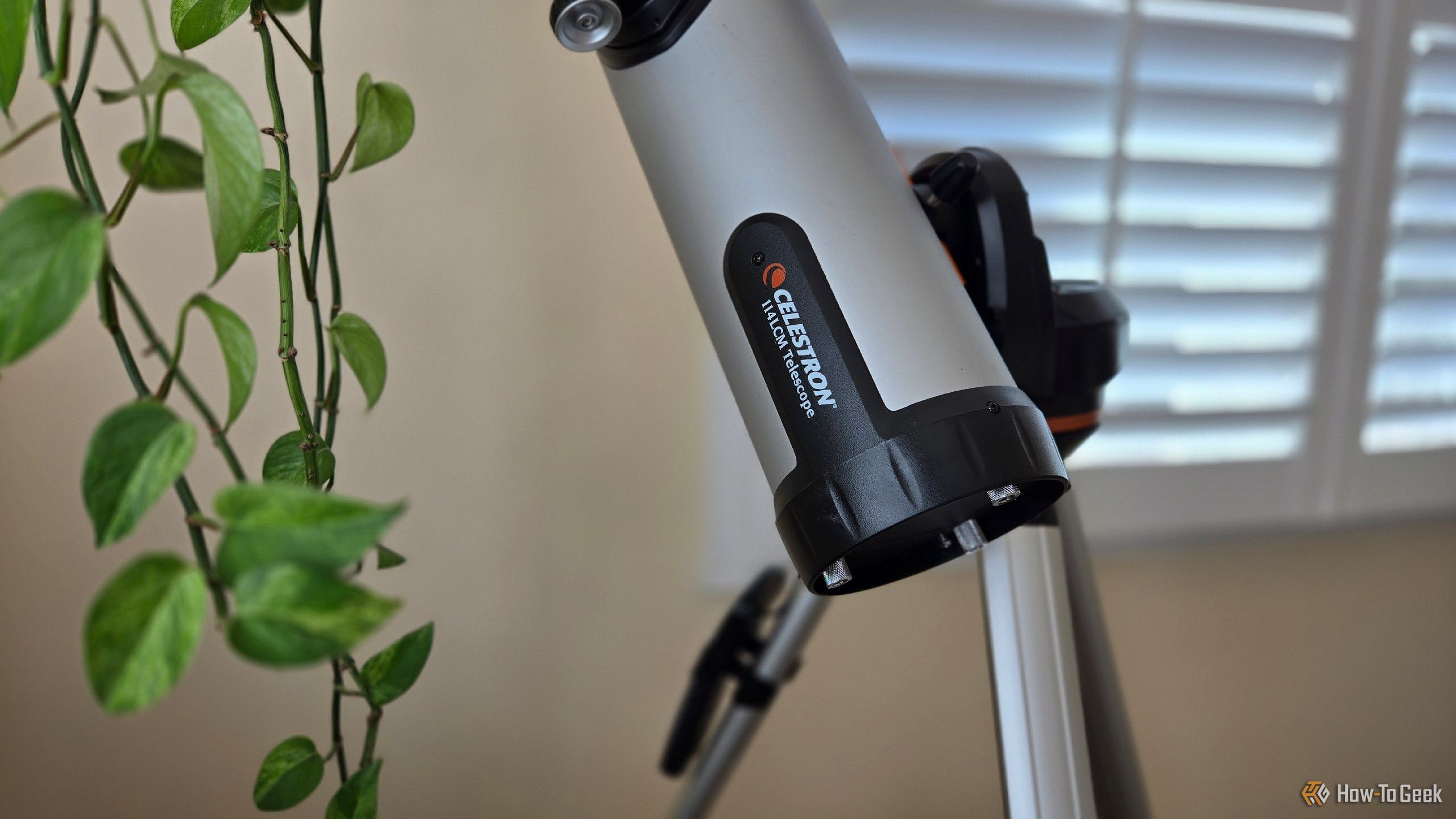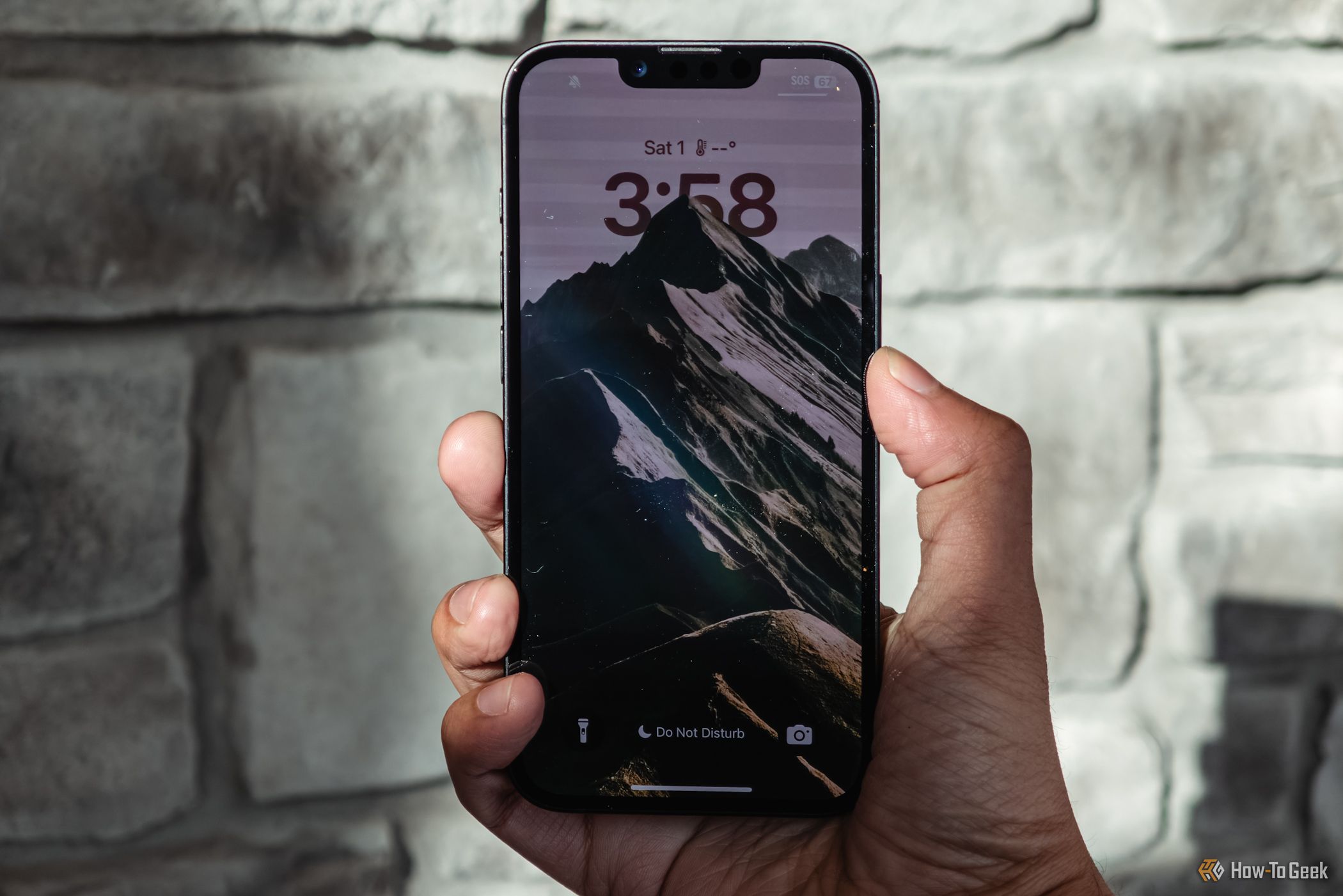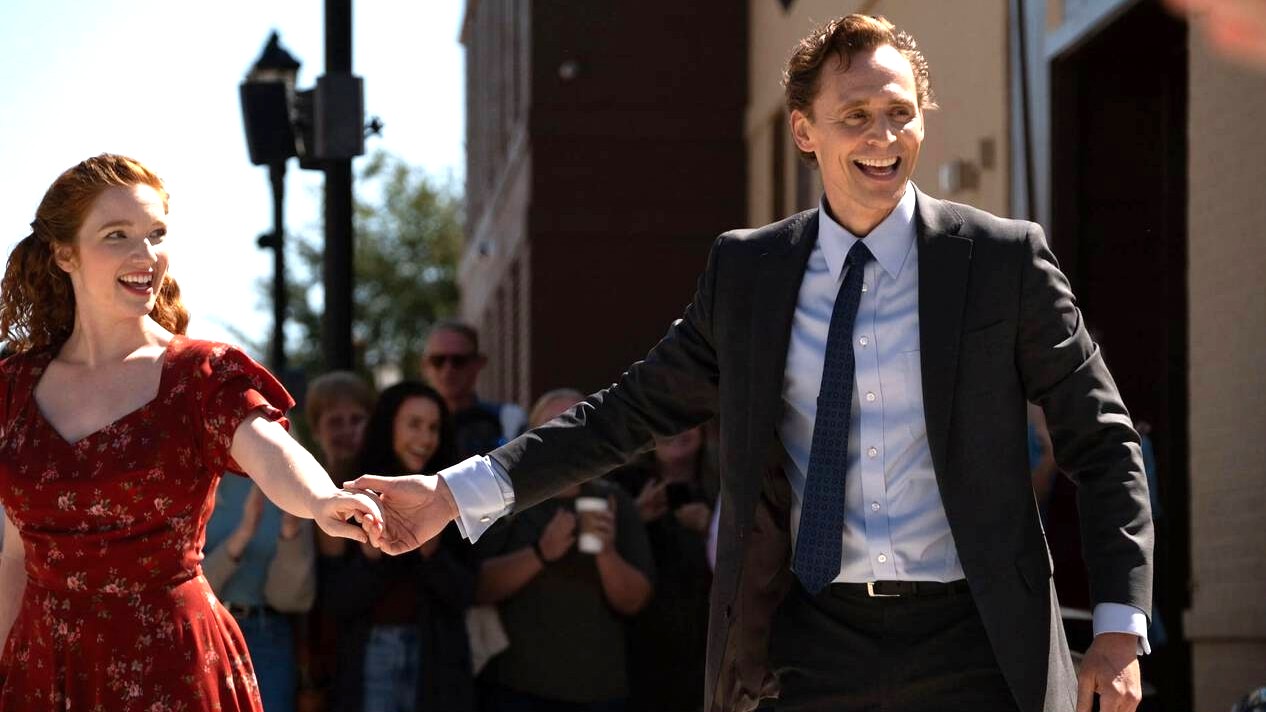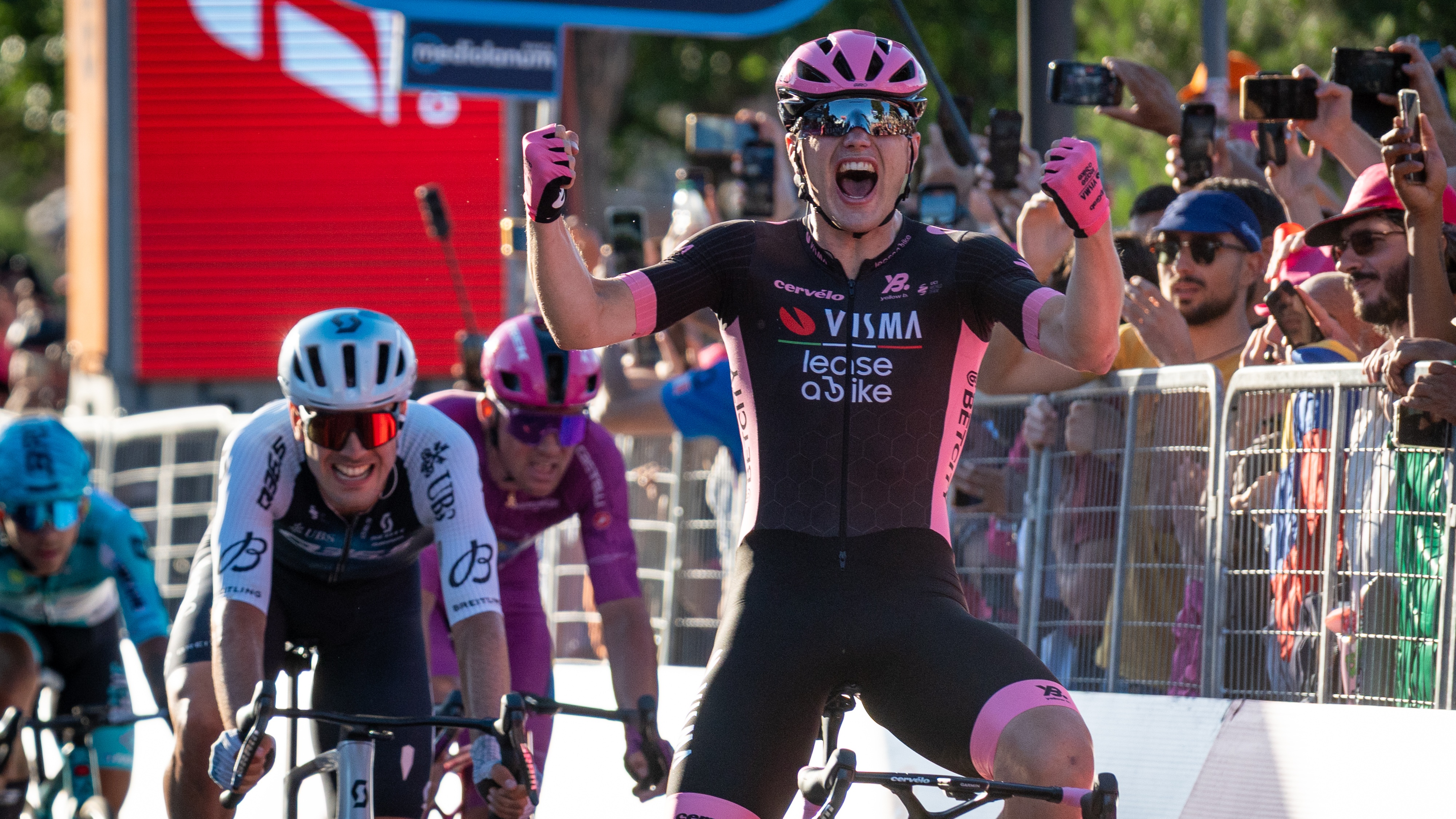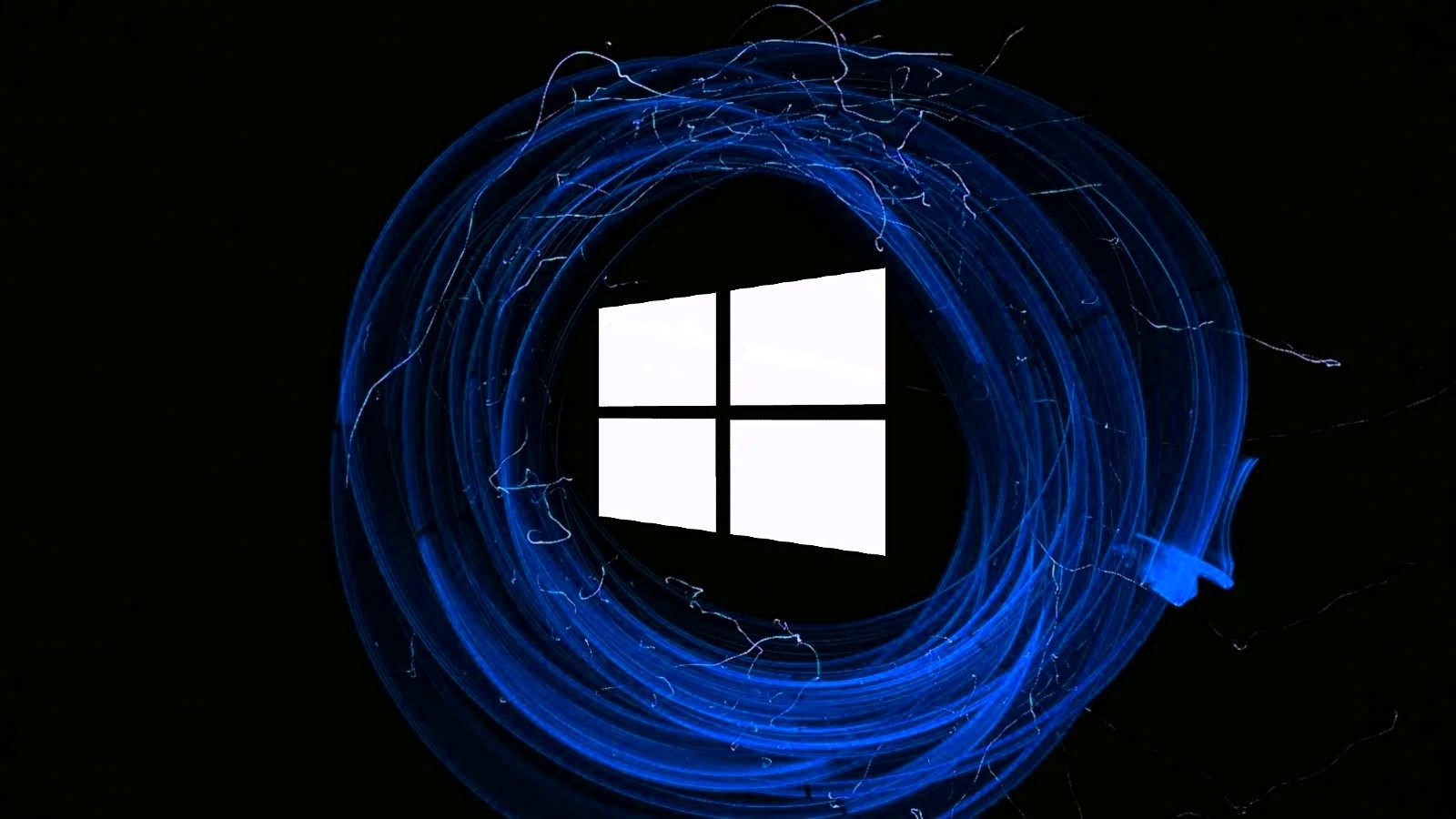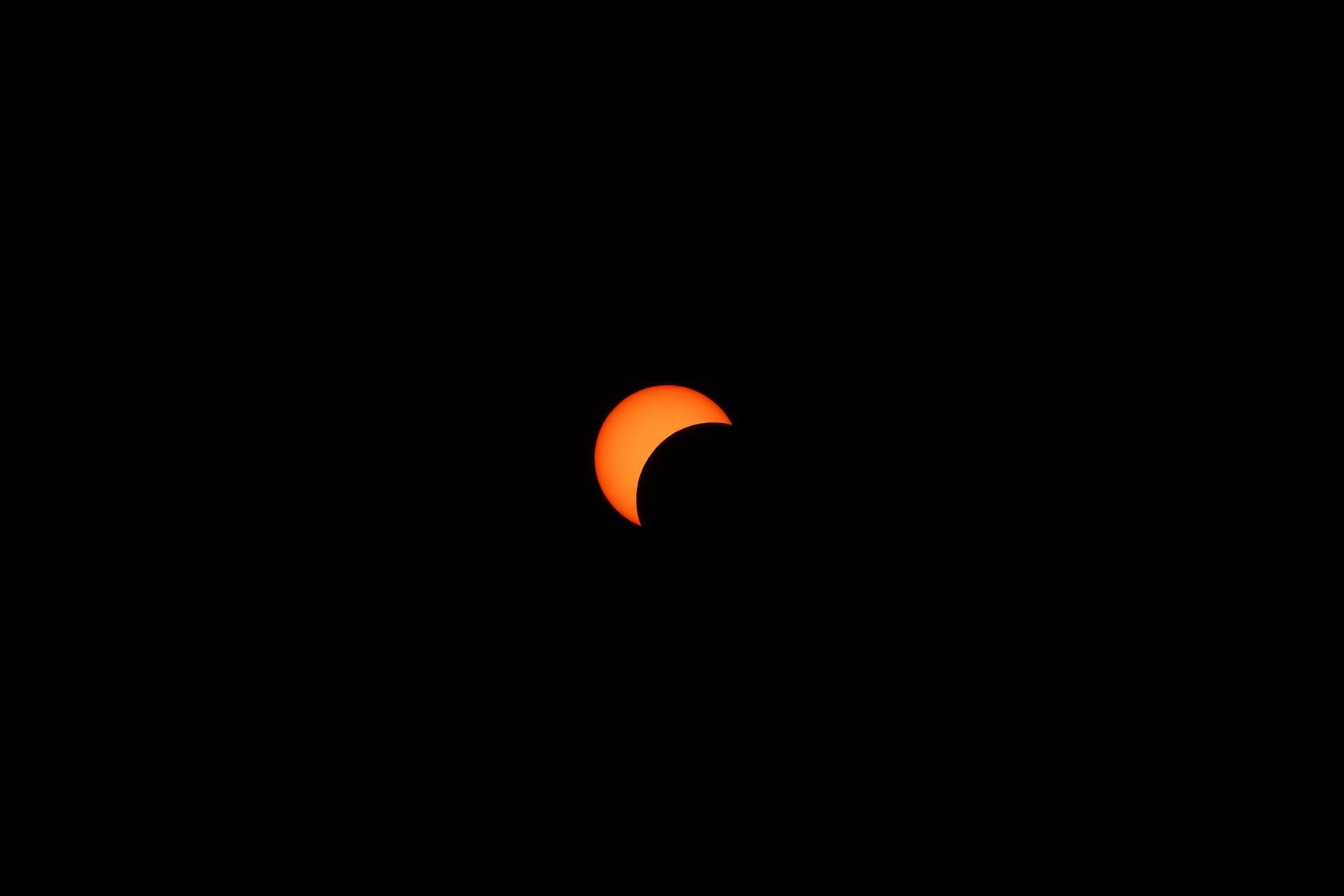
Summary
- Solar eclipse viewing can be a fun way to learn a lot about our solar system.
- You can watch an eclipse through household objects such as colanders.
- Watching the eclipse encouraged my kids to want to learn more about space.
I’ve been fascinated by eclipses ever since reading the classic Tintin comic Prisoners of the Sun. In the story, Tintin escapes death by convincing his captors that he can command the Sun, ordering it to disappear at the exact time that a solar eclipse is about to happen.
As a partial solar eclipse took place across the Northern Hemisphere, I thought this was a perfect opportunity to try to get my kids more interested in astronomy.
Teaching My Kids About the Eclipse
Knowing that we were about to witness a partial solar eclipse, I wanted to explain to my kids what was going to happen. We talked about how the Sun and the Moon look the same size in the sky and how this could be when the Sun is so much bigger than the Moon.
I then asked them what would happen if the Sun and the Moon were ever in the same part of the sky at the same time and what that would look like. When I told them that it was going to happen later that same day, they immediately asked if we could watch it.
Discussing How We Could Watch It Safely
It was very important to explain the dangers of looking directly at the Sun. I’ve been tempted to sneak a quick peek at the Sun during previous eclipses, so I knew that I had to make them understand just how dangerous it could be.
I then asked them if they could think of ways we could watch it safely, without looking directly at the Sun. Their first suggestion was to use a smartphone camera, but I explained that this could potentially damage the camera.
After a few other ideas, one of them suggested we could look at shadows. We talked about what makes shadows and how the light from the Sun spreads out in all directions, meaning that we wouldn’t be able to see the shadow caused by the Moon passing in front of the Sun. We needed a way to focus the light of the Sun onto a small area.

Related
How Do You Safely View a Solar Eclipse?
Don’t look directly at it!
Making a Simple Pinhole Camera
This is when I explained to them the concept of a pinhole camera. By putting a hole in a piece of paper, for example, the paper would block most of the light, and would only allow through a narrow beam of light rays. Since these rays travel in straight lines, if we allow the light to fall on an object that’s fairly close to the pinhole, we should see a small image of the Sun.
They were excited to try it out, and we took turns poking holes in sheets of paper and holding them in the path of the sunlight coming through the window. We experimented with holding the paper at different heights from the ground, and we were able to generate a rough image of the Sun. However, our hastily made paper holes weren’t particularly regular, so the projections of the Sun were rough and fuzzy. I explained that we needed something with perfectly circular holes.
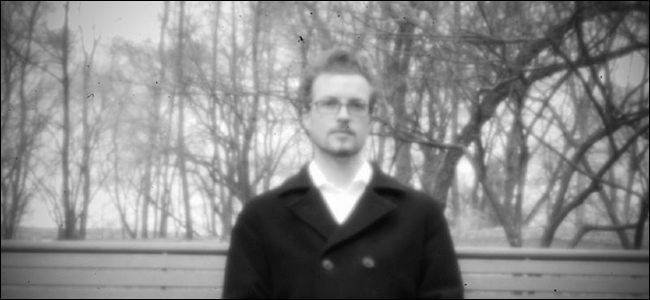
Related
How to Take Pinhole Photos with a Digital Camera
Pinhole photography is a fun and old fashioned way to capture images; read on as we bring the technique into the 21st century and show you how to use your modern DSLR as a pinhole camera.
Finding Something With Ready-Made Holes
That was when the treasure hunt began. I challenged them to find something in the house that we could use that had a perfectly circular hole or holes in it. They raced around the house, looking for things that we could use and trying out anything they found that had a circular hole. Many of the objects had holes that were too big or too small to create good images of the Sun, but they kept hunting and bringing back more objects to try.
Eventually, one of them came back with the object I was hoping they would find: the old colander with a missing handle that I’d conveniently left out on the side in the kitchen.
Looking at the Shape of the Sun Through the Colander
My kids took turns holding up the colander in the sunlight that was streaming through the window while the other placed a piece of white paper on the floor. They experimented with moving the colander back and forth and moving the paper further away to try to generate the sharpest circular images that they could on the sheet.
After a little experimentation, they were able to produce an image of reasonably sharp circles on the piece of paper. We were ready for the partial eclipse to start.
Watching the Eclipse Using the Colander
Before the partial eclipse began, I explained that the Moon would not be passing directly over the center of the Sun but would be a little higher in the sky so that the bottom of the Moon would be covering the top of the Sun. I asked them what they expected to happen to the projected circles, and they both said that the tops of the circles would get covered up, making the circles look like a Pac-Man on his back.
As the eclipse started, they were both excited to see what would happen and kept a close watch on the top of the circles projected through the colander. However, it quickly became apparent that their prediction was wrong, and it was the bottoms of the circles that were disappearing, making them look like a Pac-Man face down.
They were convinced that I was wrong about which part of the Sun would be covered up until I explained to them about the rays of light passing through the colander. The rays from the top of the Sun were passing through the holes and ending up at the bottom of the image, and the rays from the bottom of the Sun were passing through and ending up at the top, meaning that our projected image was actually upside down.
We continued to watch as the entire bottom section of the projected circles was covered in shadow. Then the shadow slowly disappeared back the way it had come, leaving us with the full circular images of the Sun once more.
My Daughter Is Begging Me to Set Up Her Telescope
The kids were really excited to watch the eclipse happen. They had great fun making their pinhole cameras and finding household objects that we could test out. Watching the eclipse happen in real time was a real thrill, and they loved how it started to look more and more like Pac-Man.
Throughout all of this fun, they learned a lot of information without really realizing it. They learned about the Sun being 400 times larger than the Moon but also 400 times further away. They learned how a pinhole camera works, and they even learned that their own eyes see everything upside down before their brains flip the images the right way up again.
My daughter received a cheap telescope for Christmas, and she’s not shown much interest in it so far, but after we watched the eclipse, she was begging me to set it up for her. Now we just need to wait for some clear skies, and she’ll be able to enjoy her first proper stargazing experience.

Related
8 Tips I Wish I Knew Before I Started Stargazing
The small things can make a big difference.
It’s not every day that you get to experience even a partial eclipse, but it was an excellent opportunity to try to get my kids interested in astronomy. My daughter had shown little interest in the telescope a relative had bought her for Christmas, but she is now desperate to try it out. While eclipses are rare, there are still plenty of things you can do with your kids to try to spark their interest in what lies beyond our planet.
Source link



